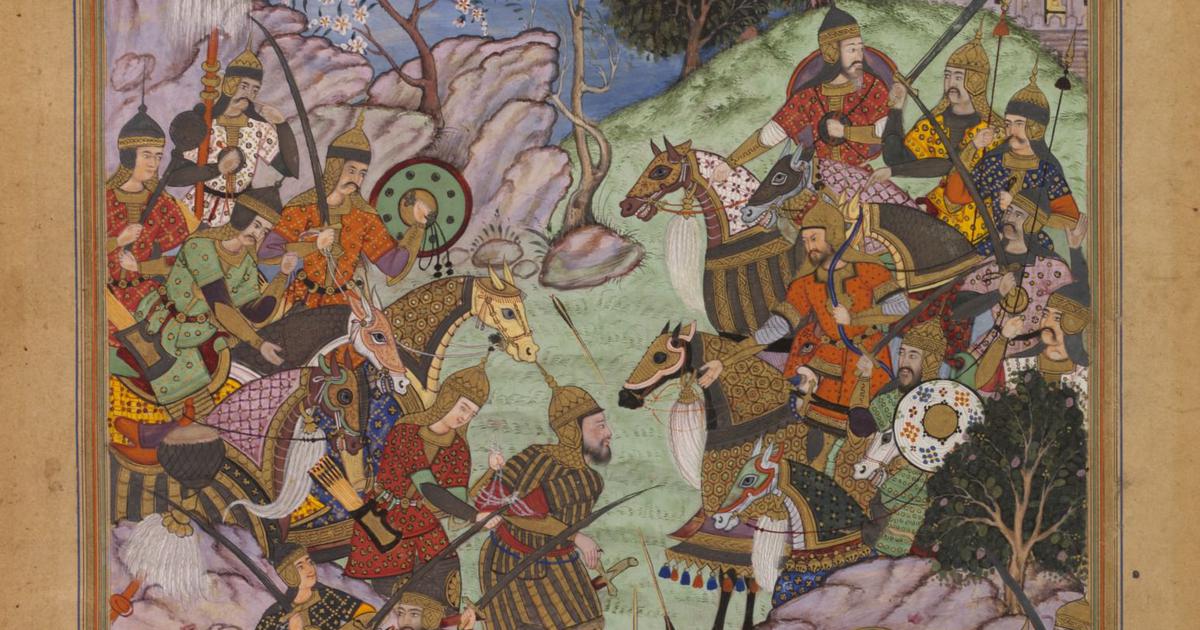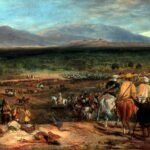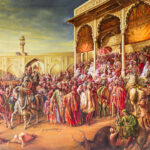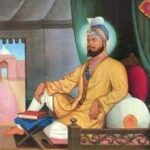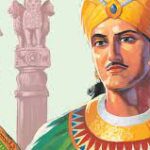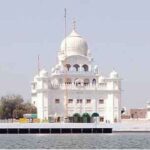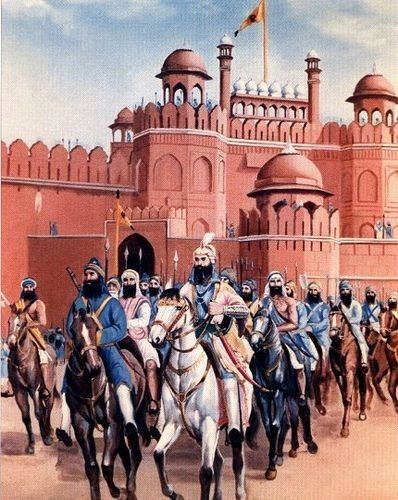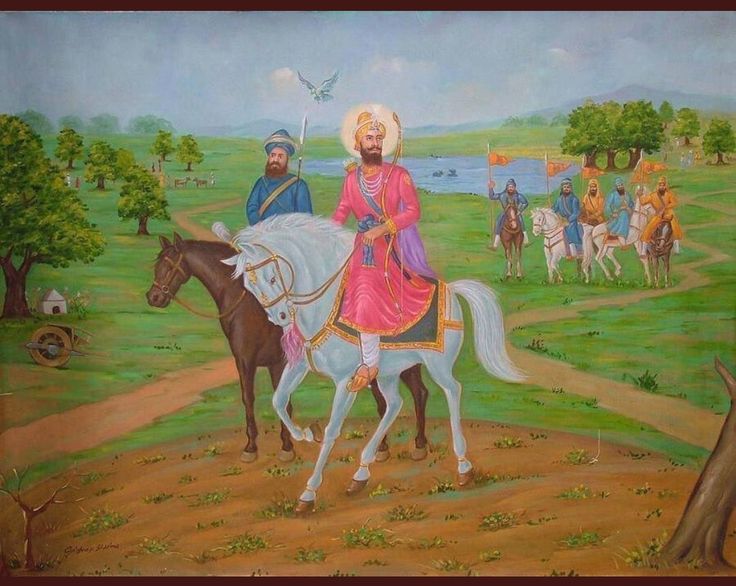Mir Wais Hotak of Kandahar founded the Hotak dynasty (1709–1738), which broke away from the Iranian Safavids. Ghilzai Pashtun tribal leader Hotak ruled over his people. At its height, the Hotaki dynasty controlled a large portion of southern Afghanistan and much of Iran (Persia). The Afsharids of Persia, led by Nader Shah, overthrew the dynasty in 1738, ending its reign. The founder of the Durrani Empire was Ahmad Shah Durrani. The Durrani Empire, which had its roots in the Durrani dynasty of Afghanistan, was formed by the Pashtun military leader Ahmad Shah Durrani and lasted from 1747 to 1823 (Empire); 1793 to 1863 (Herat); and from 1839 to 1842 (Shah Shuja’s Kingdom). The empire’s initial capital was Kandahar in contemporary Afghanistan. Ahmad Shah was of the tribe of the Durranis (also known as the Abdalis).
A Turco-Afghan dynasty, the Khalji (1290–1320), existed. Jalaluddin Khilji established the dynasty, the second to control the Delhi Sultanate of India, and it did so through a revolt that saw Afghans usurp the monopoly of Turkic nobles. Their empire is renowned for its incursions into modern-day South India and for repelling the numerous Mongol invasions of India.
Map displaying the area ruled by the Lodi dynasty. The Lodi tribe’s founder Bahlul Khan Lodi established the Lodi dynasty (1451–1526). The dynasty, which had Delhi as its headquarters, ruled over a large portion of northern India and Pakistan. The Delhi Sultanate was ruled by this dynasty until its end.
Princely states
Under the British Raj, several separate princely states created by Pashtuns existed. In the 20th century, the British seized the majority of the Pashtun province east of the Durand Line, creating the North-West Frontier. Between Afghanistan and British India’s North-West Border, a buffer zone was created by the Pashtun tribal agencies along the Durand Line, further west from the North-West Frontier. The North-West Frontier and tribal agencies became a part of Pakistan after the end of the Raj and the establishment of Pakistan and India. According to their geographic location, the princely states had only two options: they could legally join either the Dominion of Pakistan or the Dominion of India.
The Orakzai tribe was the immediate ancestor of the Orakzai dynasty. These princely states were controlled by several branches:
Bhopal State (1707–1949) was a princely state that existed from 1707 to 1949, but its foundations can be found in 1707 when Dost Mohammad Khan, a Pashtun soldier in the Mughal Army who belonged to the Mirazi Khel clan of the Orakzai tribe from Tirah, founded the Bhopal State (located in the present-day tribal areas of northwest Pakistan). After being founded in 1723, the state was briefly ruled by the Nizam of Hyderabad before being taken over by the Marathas in 1737 as a result of their victory at the Battle of Bhopal. After the Marathas were defeated in the Third Anglo-Maratha War, it was elevated to the status of a princely state in 1818.
Muhammad Ahsanullah Khan, son of Muhammad Diler Khan, founder of Kurwai State, founded Basoda State (1753–1947). He belonged to the Firoz Khel clan of the Orakzai tribe, and its capital was located in Ganj Basoda in modern-day Madhya Pradesh.
The Mohammadgarh State (1818–1947) had its capital at Muhammadgarh in modern-day Madhya Pradesh. It was founded by Muhammad Khan, the son of Muhammad Ahsanullah Khan, the founder of Basoda State. Muhammad Khan belonged to the Firoz Khel clan of the Orakzai tribe. Muhammad Khan laid the foundation for the settlement that bears his name, Muhammadgarh.
Muhammed Sherkhanji Babi established the Babi dynasty (1654–1948). He belonged to the Pashtun tribe known as Babi or Babai. Gujarat was controlled by the Babi Dynasty. Babi’s descendants, Muhammad Sher Khan Babi, a Pathan who belonged to the dynasty of the last deputy governor of Gujarat province in the Mughal Empire, ruled over the following princely states (1730–1948) (see Pathans of Gujarat for additional details). The Babi or Babai (Pashtun) tribe of Pashtuns, whose headquarters were in Junagadh in modern-day Gujarat, included Muhammad Sher Khan Babi.
Jawan Mard Khan Babi II, the first Nawab of Radhanpur State (1753–1948), was a Pathan and descendant of the final deputy governor of Gujarat province in the Mughal Empire. The Pashtun clan of Babi or Babai, of which Nawab Khan Jahan Babi was a member, had its headquarters in Radhanpur in modern-day Gujarat.
Sardar Muhammad khan Babi, the first Nawab of Balasinor State (1758–1948), was a Pathan who was descended from the final deputy governor of Gujarat province in the Mughal Empire. The Babi or Babai (Pashtun tribe) tribe of Pashtuns, whose headquarters were in Balasinor in modern-day Gujarat, included Sardar Muhammad Khan Babi.
The princely state known as Dir included the Upper Dir and Lower Dir districts of Khyber Pakhtunkhwa, Pakistan, as they are known now. Dir served as the state’s capital when it was established in the seventeenth century by the Akhun Khel clan of the Yusufzai tribe’s Malizai sept. In 1948, Dir nawab joined Pakistan. The state and the royal family were abolished in 1969.
Pataudi Dujana State (1806-1948), whose capital was located in the Jhajjar district and which was founded in 1806 by Nawab Abdus Samad Khan of the Yusufzai tribe during the rule of the British East India Company, succeeded Pataudi State (1804–1947), which was founded in 1804 by Nawab Faiz Talab Khan of the Barech tribe (1806–1949), Muhammad Amir Khan, an explorer and military leader of Pashtun heritage who belonged to the salarzai subtribe of the Tarkani tribe and was a Rohilla, founded the state. He was given the title of Nawab in 1817 after submitting to the British East India Company and keeping his Tonk region. The state was made up of six remote islands, each with its internal sovereignty, and it remained outside of British India.
Four of these, Tonk, Chhabra, Pirawa, and Nimbahera, fell under the Rajasthan province. The other two, Sironj and Aligarh (formerly Rampura), were in the Madhya Pradesh province.
